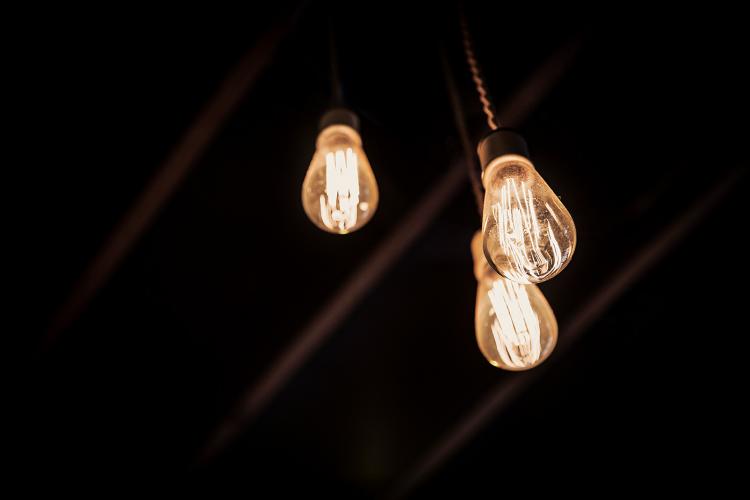Latest Publications
本出版物旨在提供关于道路照明和车辆照明中的不舒适眩光方面的研究方法、数学模型以及可能影响不舒适眩光的变量的概述。它还描述了评估和测量不舒适眩光所面临的困难以及模型的差异性。本报告旨在通过提出建议,鼓励采用规范方法进行进一步的不舒适眩光研究。这些研究的开展将有助于产生更可信的数据,能够开发出可靠性更强的模型,促进模型的发展。我们会适时更新报告,以涵盖最新数据和修订的不适眩光模型。本出版物是依CIE 243:2021 原版英文翻译的中文版本。本出版物可从 CIE 网络商店或中国照明学会获得。该出版物的价格为120 欧元(中国照明学会会员可以按66.7%的折扣购买。欲获取折扣信息,... more
The Proceedings of the 30th Session of the CIE, Ljubljana, Slovenia, September 15 - 23, 2023.
The Proceedings consist of a single volume containing the papers presented during the three-day technical conference of the Session (September 18 - 20, 2023). This volume is divided into two parts and... more
El tema de este informe técnico es el deslumbramiento molesto en el contexto de la iluminación de carreteras y vehículos. Se ofrece una visión general de los métodos de investigación, los modelos matemáticos y las variables que se considera que influyen sobre el deslumbramiento molesto. Este... more
This Technical Report was prepared by Technical Committee ISO/TC 274, Light and lighting, in cooperation with CIE Joint Technical Committee 6.It is important that lighting schemes are designed appropriately to provide the right light in the right place at the right time, while being energy... more
Latest News and Events
CIE is delighted to announce its participation in the upcoming IUPB-MEPSA 18th International Congress...
Second Announcement
Aim
This workshop is co-organized by Consultative Committee for Photometry and...
2024 is a landmark year! We celebrate the centenary of the establishment of the V(λ) spectral luminous...
Agenda:
Friday, 31 May, 2024:
Morning: Annual Meeting Division 1 | TC Meetings Division 2
Afternoon:...







